From Praise to Silence: Tracking the Evolution of Trump’s Tone on Putin
Trump’s silence on Putin is louder than praise. As legal troubles rise and 2024 looms, explore how this rhetorical shift reshapes GOP policy, Ukraine aid, and Russia’s response. Is this calculated neutrality, or a crack in the infamous bond?
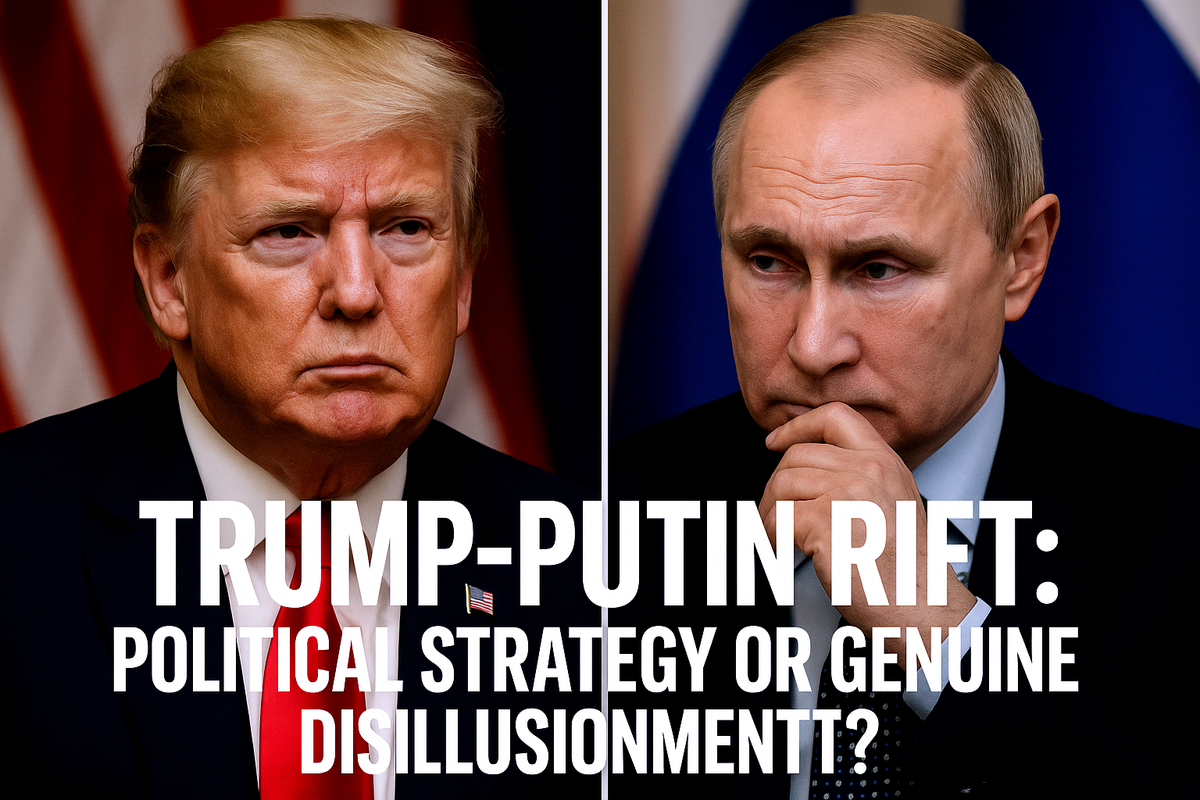
WASHINGTON, D.C., July 14, 2025
A Tale of Two Tones: Admiration and Ambiguity
The story of Donald Trump’s words about Vladimir Putin reads like a geopolitical thriller. In 2016, Trump called Putin a “strong leader,” praised his leadership style, and questioned U.S. intelligence findings. He echoed Kremlin talking points. By 2018, at the notorious Helsinki Summit, Trump took the unusual step of siding with Putin instead of his own intelligence chiefs. This sparked bipartisan outrage. This moment shaped his presidency's stance on Russia: a mix of admiration, strategic uncertainty, and outright defiance of norms.
That friendly tone began to fade when Russia invaded Ukraine in 2022. At first, Trump called the invasion “genius,” but soon went quiet about Putin. Fast-forward to mid-2025. Trump is now sending Patriot missiles and sharply criticizing Putin for “killing a lot of people.” The question is whether this rhetoric shows a genuine strategy or is simply a performance.
The Fallout That Followed: Legal Risks, Political Calculus, and Messaging
Distancing from Putin serves several important purposes for Trump:
Shielding Against Legal Exposure
Trump's ongoing legal troubles—some related to national security—make cozying up to an adversarial power politically dangerous. In a post-Ukraine world, even vague praise for Putin faces harsh scrutiny from independent voters and national security advocates.
Winning Back Key Voter Demographics
- Veterans and national security conservatives want firm commitments to NATO.
- Independents are put off by authoritarian sympathies.
- Younger GOP members see China, not Russia, as America’s main rival.
Thus, a cooler stance on Russia helps recalibrate his message for the center.
Reclaiming Global Diplomatic Agency
Staying silent allows Trump to focus on themes like containing China, border security, Israel, and energy independence. These domestic and global priorities now overshadow Russia in its public messaging.
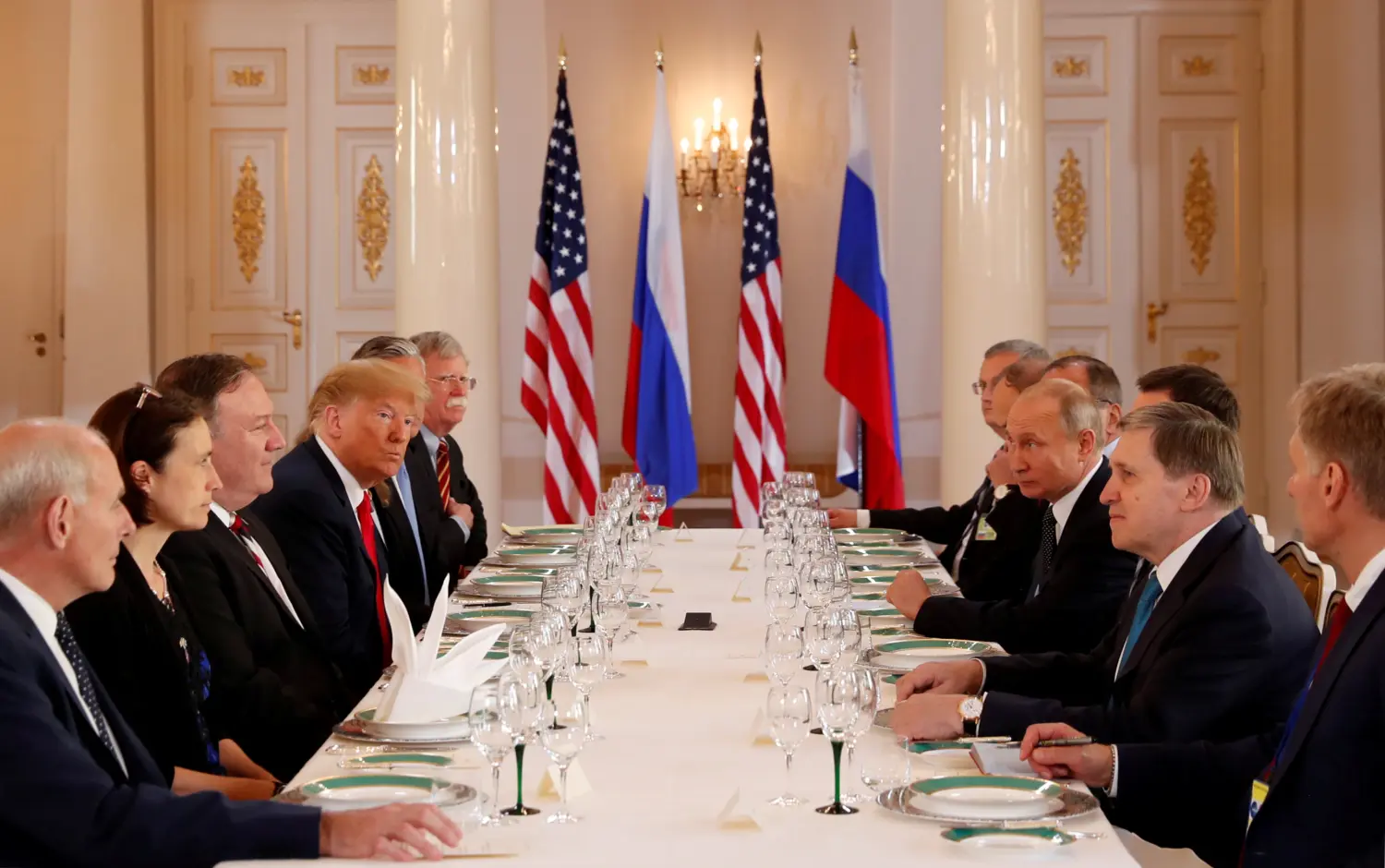
Russia’s Take: Confusion and Calculated Response
Russian state media once portrayed Trump as a disruptor. Some Russian outlets noted that “Trump has started to speak rudely” to Putin. Pro-Kremlin commentators now question his reliability, claiming he is sliding into “Bidenization.”
Yet Russia remains cautious. Trump’s silence is preferable to open hostility. Kremlin analysts see uncertain value in a potential second term—even if Trump isn’t openly friendly.
War in Ukraine as a Pressure Cooker
Russia’s war in Ukraine shattered the admiration seen during Trump’s presidency. His initial silence during the bombardment of Kyiv drew criticism and marked a turning point.
Now, with Patriot missiles being sent and Trump condemning Russia’s aggression, the tone has shifted toward credible support for Kyiv. Analysts see this as Trump hedging his bets: appearing tough to win bipartisan approval while keeping diplomatic channels open.
The Ripple Across the GOP: Unity or Schism?
Trump’s changing tone reflects wider tensions within the Republican Party:
Traditional GOP figures (like Lindsey Graham and Mitch McConnell) are pro-Ukraine and pro-NATO.
MAGA supporters (such as Tucker Carlson and JD Vance) are critical of aid and favor isolationism.
Trump carefully highlights this divide. His recent comments on “obsolete NATO” emphasize his balancing act: appeasing his base while allowing for international cooperation. His repositioning could even pull isolationists into a more pro-Western stance when necessary.
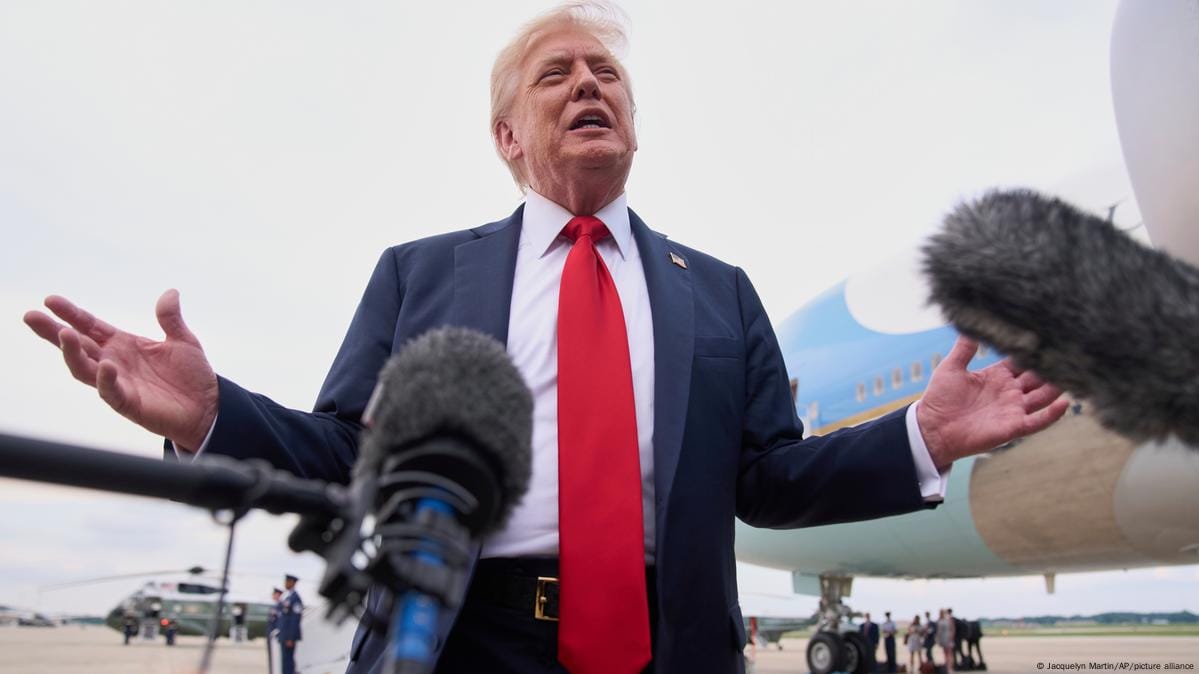
PR Strategy or Genuine Pivot?
Is Trump’s shift a sign of moderation or a realignment?
PR Signal for Moderates: Silence or criticism of Putin reassures swing voters that Trump won’t pick fights with U.S. intelligence or NATO. He signals strength while keeping a safe distance.
Signal of Fractured Ties: Abrupt changes tied to the Ukraine war may show a deeper worry: Trump recognizes the “bromance” cost him broader support. Now, public condemnation may reflect a reassessment of global norms.
Negotiation Gambit: Some experts, like Lindsey Graham, see this as a strategy: Trump may be planning hard-nosed deals with Putin, using public toughness as leverage.
High-Stakes Global Theater
Imagine an elaborate play:
Act I: A bromance blossoms. An unexpected alliance draws attention and divides audiences.
Act II: Disillusionment follows as the plot darkens with the Ukraine war. The lead character becomes confused about whom to trust.
Act III: Silence becomes strategic. Supporting actors (GOP factions, international allies) await the next move.
Finale: Will Trump provide strong support for Ukraine and a renewed global order? Or will he abruptly exit the scene, leaving chaos behind?
This unfolding geopolitical saga draws more viewers than any political thriller.
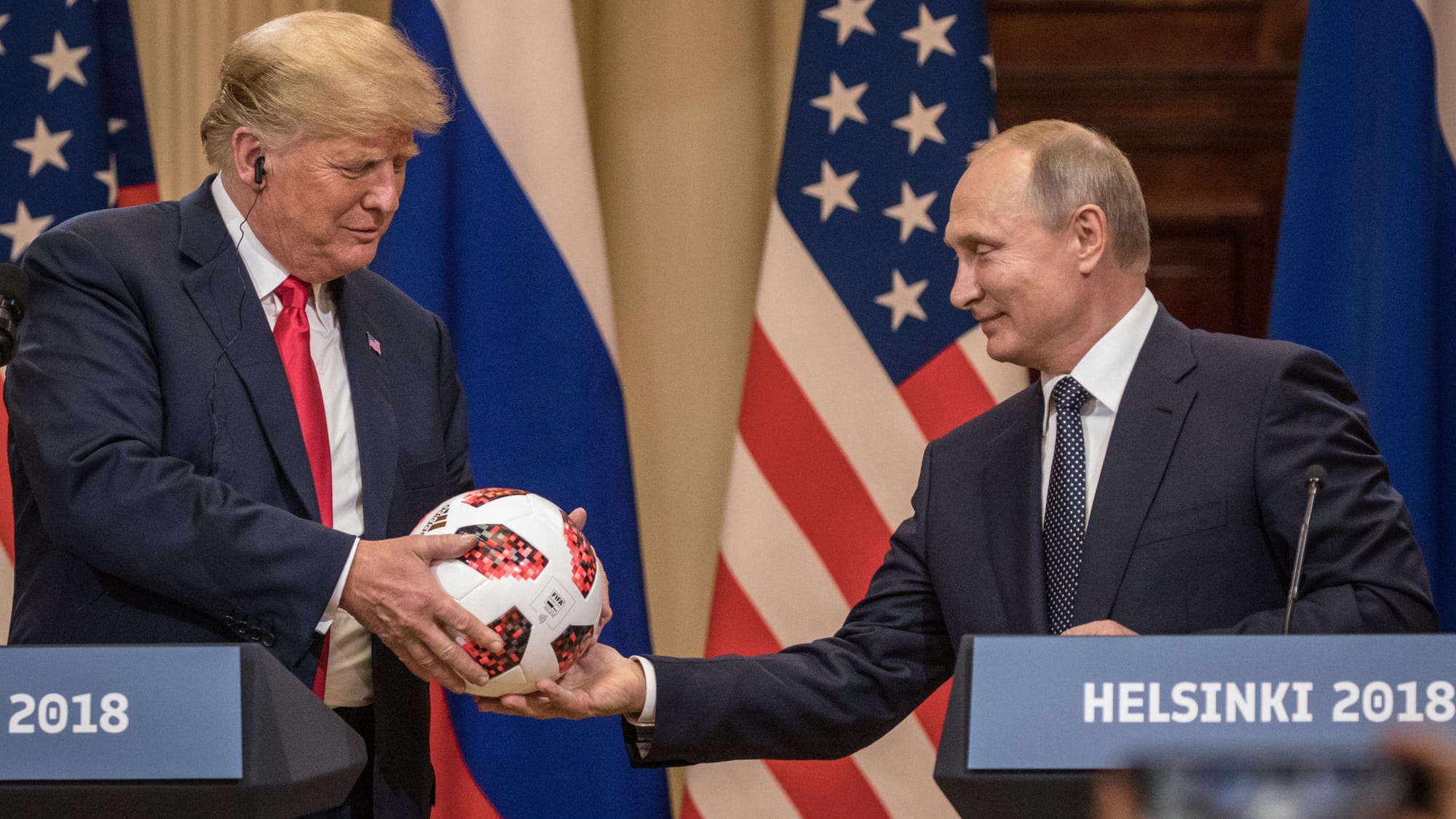
Russia’s Possible Strategies: To Back or Stay Clear
Indirect support: Cyber meddling, disinformation, and subtle messaging may help Trump without direct involvement.
Retreat strategy: Kremlin pragmatists might limit engagement, focusing on Europe and China while staying distanced to avoid suspicion.
Calculated Push: Russia could condition cooperation on U.S. concessions, using Trump’s reputation as a negotiator, if they believe he wants a deal.
Trust & Voter Sentiment: Who’s Watching?
Independents, veterans, and national security-focused voters see Trump’s new restraint toward Putin as either smart politics or mere theater.
A July 2025 Pew survey found:
- 68% of independents want clarity on U.S. policy toward Russia.
- 54% of veterans view Trump’s ambiguity as avoidance.
- 72% of conservative youth prioritize China over Russia.
If this ambiguity influences voters, Trump may double down, risking alienation of a key part of the electorate.
Mapping the Key Moments
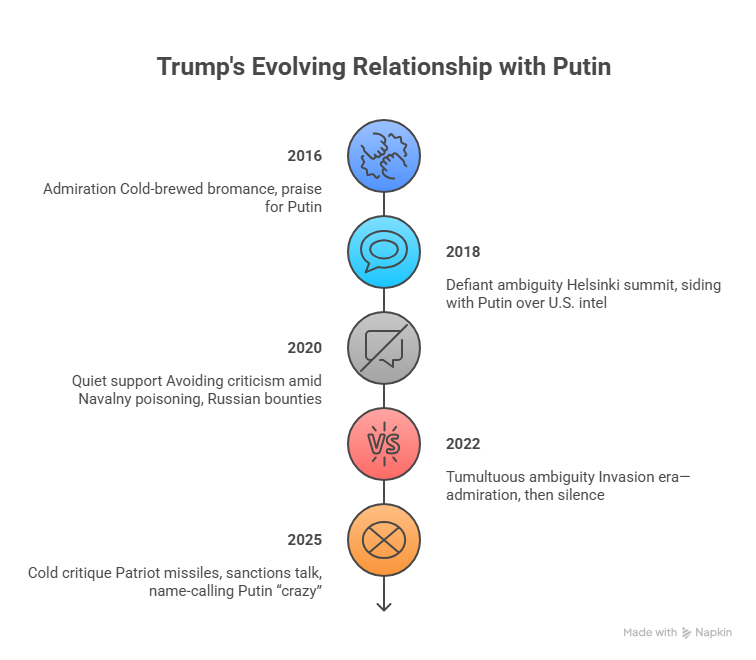
Strategic vs. Real Shift
Trump’s changing tone is neither just admiration nor default diplomacy. It reflects:
- Legal and political risk management during his campaign.
- A shift toward voter demographics wary of authoritarian ties.
- A recalibration is needed in response to emerging threats like China and instability in the Middle East.
- A testing of international loyalties to see which alliances he can leverage without backlash.
This is high-stakes drama, and the performance continues.
What Lies Ahead?
Will Trump formalize support for Ukraine with ongoing military backing, or will it be a short-lived theater?
Could Russia still stir chaos behind the scenes without overt involvement?
Will the GOP settle on a clearer foreign policy, or remain uncertain?
What do you think?
In foreign policy and leadership, does public silence indicate strength or a failure to take responsibility? Does Trump’s changing tone toward Putin suggest a real strategic shift, or is it just political theater?
Sources (with Hyperlinks):
- NPR, DW, Al Jazeera, AP, and The Guardian for verified reports on Trump’s statements and policy pivots.
- Foreign Policy for expert analysis of the Helsinki Summit fallout.
- The Moscow Times for Kremlin and Russian media reactions to Trump’s shifting rhetoric.
- Statista and Atlantic Council for charts and data on Putin’s leadership and U.S.–Russia dynamics.
- Beyond the Horizon for infographic-style diplomatic commentary.
- Brookings Institution and Wikipedia for historical and policy background.
- Pew Research Center for public opinion polling on independents, veterans, and national security issues.




